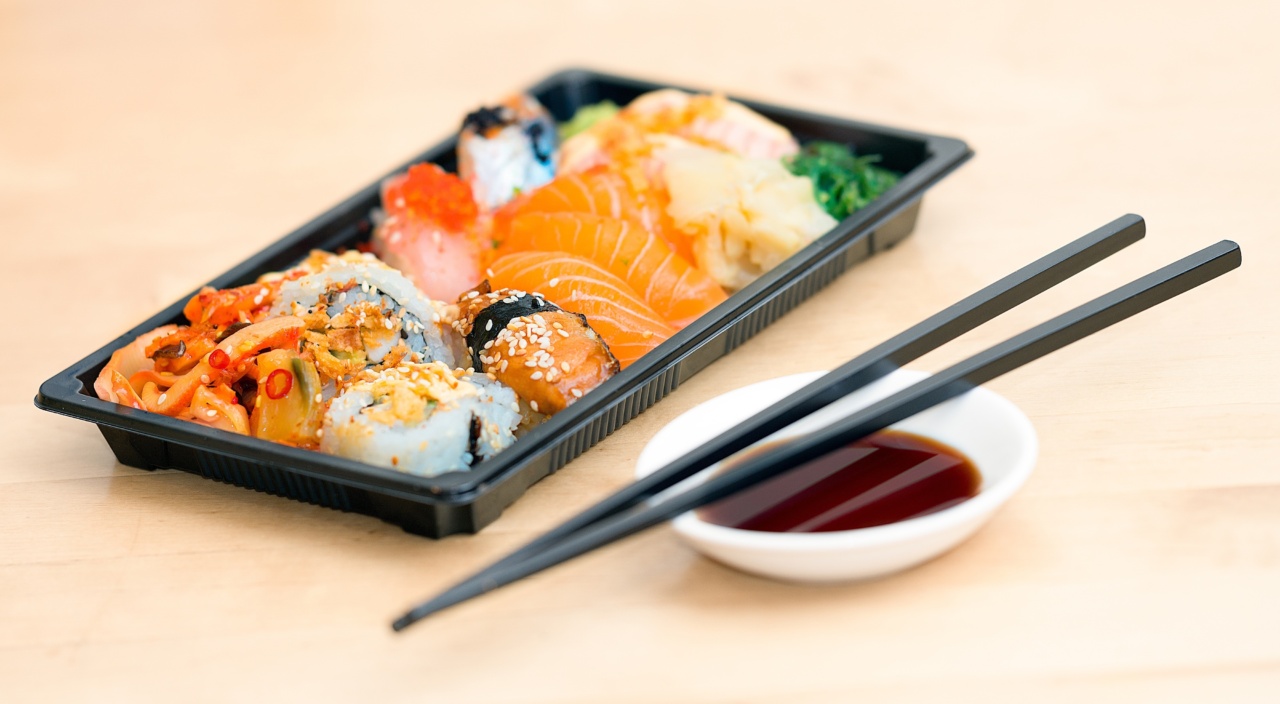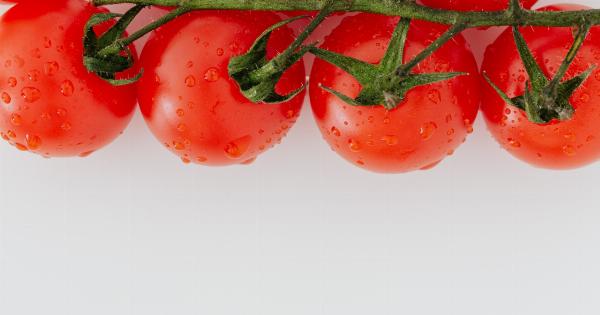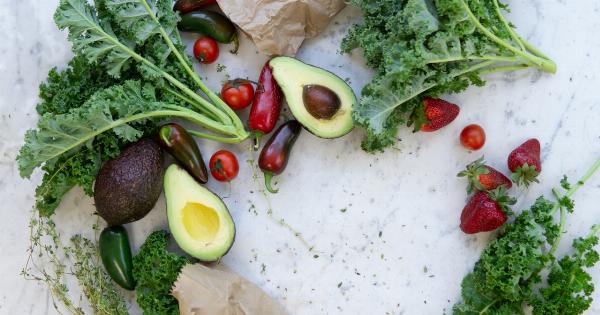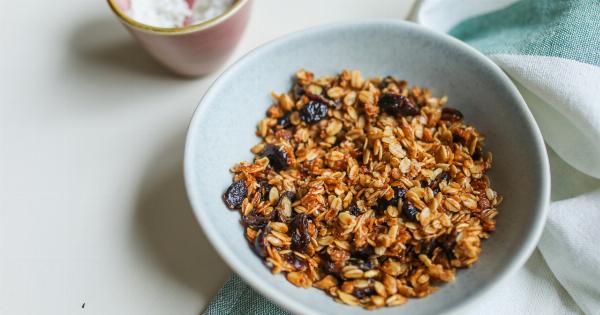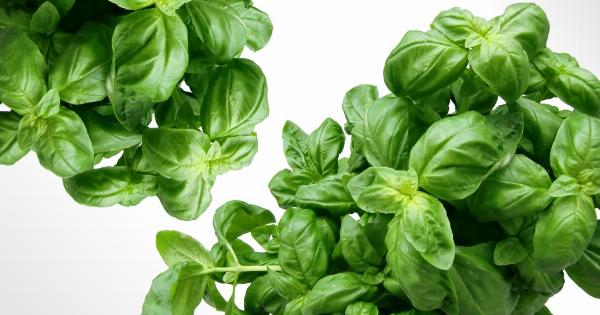Asian cuisine is famous for its unique flavors, textures, and spices. However, it’s not just about taste. Asian cuisine is also known for its nutritional benefits that can help prevent diseases, improve digestion, and boost overall health.
If you’re tired of your regular meals, it’s time to explore the world of Asian cuisine and try something new. In this article, we’ll discuss the nutritional benefits of Asian cuisine and some of the most popular dishes from different regions.
Nutritional Benefits of Asian Cuisine
Asian cuisine is based on fresh and simple ingredients that are packed with nutrients. Here are some of the nutritional benefits of Asian cuisine:.
1. High in Vegetables
Asian cuisine is known for its abundant use of vegetables. Many dishes are based on vegetables, tofu, or legumes, which are low in calories and high in fiber.
Vegetables such as broccoli, bok choy, and spinach are rich in antioxidants, vitamins, and minerals that are essential for good health. Eating a plant-based diet has been linked to a reduced risk of chronic diseases such as heart disease, diabetes, and cancer.
2. Low in Saturated Fat
Most Asian dishes are free of butter, cream, and cheese, which are high in saturated fats.
Instead, they use healthy fats such as sesame oil, coconut oil, and peanut oil, which are rich in monounsaturated and polyunsaturated fatty acids that can lower bad cholesterol and reduce the risk of heart disease.
3. High in Protein
Asian cuisine also includes a variety of protein-rich foods such as fish, tofu, tempeh, edamame, and lentils. Protein is essential for building and repairing tissues, maintaining muscle mass, and keeping you feeling full and satisfied.
4. Uses Spices and Herbs
Asian cuisine is full of aromatic spices and herbs such as ginger, garlic, turmeric, lemongrass, and cilantro.
These natural seasonings are not only flavorful but also have medicinal properties that can boost immunity, reduce inflammation, and improve digestion.
Popular Asian Dishes to Try
1. Chinese Stir-fry
Stir-frying is a cooking technique that originated in China and involves cooking ingredients over high heat in a wok or a frying pan.
Chinese stir-fry is a healthy and delicious dish that usually includes a variety of colorful vegetables, protein, and a sauce made of soy sauce, hoisin sauce, oyster sauce, or black bean sauce. Some popular stir-fry dishes include Kung Pao chicken, beef with broccoli, and vegetable chow mein.
2. Japanese Sushi
Sushi is a popular Japanese dish that consists of cooked rice, vegetables, and seafood wrapped in seaweed or served on top of the rice. Sushi is low in calories and high in protein, fiber, and healthy fats.
Some popular sushi rolls include California roll, spicy tuna roll, and dragon roll.
3. Thai Curry
Thai curry is a spicy and flavorful dish that originated in Thailand and includes a variety of vegetables, protein, and coconut milk. The curry paste is made of various spices and herbs such as chili peppers, lemongrass, ginger, and garlic.
Some popular Thai curries include green curry, red curry, and Massaman curry.
4. Korean Bibimbap
Bibimbap is a Korean dish that consists of rice, vegetables, meat or tofu, and a spicy sauce mixed together in a bowl. It’s a balanced and nutritious meal that is packed with protein, fiber, and vitamins.
Some popular bibimbap toppings include beef, chicken, mushrooms, bean sprouts, and spinach.
Conclusion
Asian cuisine is not only delicious but also healthy and nutritious. So, if you’re looking to try something new and improve your health, explore the world of Asian cuisine.
With so many varieties of dishes, ingredients, and flavors, you’re sure to find something you’ll love.
